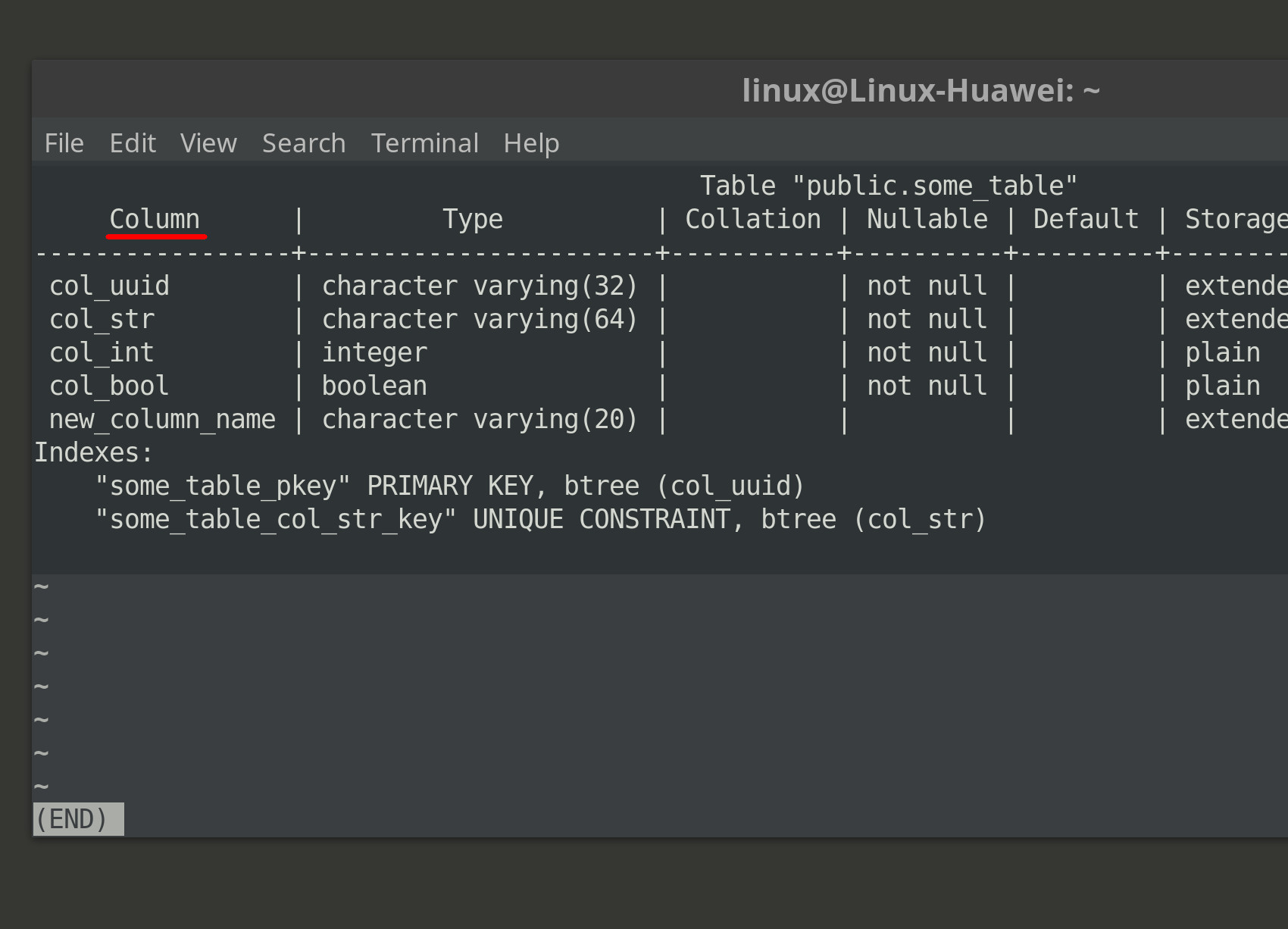

The arguments are assessed to be established, and the outcome of the function is the first argument to be non-null.

The section rules for results data types explain that the data types are mutually compatible. This function returns a value that corresponds to the data type in expression 1 of any built-in or user-defined data type. Scalar User-Defined Function and SQL Coalesce Function expression1Ī value of any built-in or user-defined data form is returned by this expression.
#Postgresql coalesce how to
You need to see how to find employees who have no emergency connections or, in other words, how to obtain all the details about an emergency employee. Telephone numbers for employees normally appear in each company's work, home, and cell phone columns. You need to use the example below to locate connections with emergency workers. SELECT COALESCE (NULL,'Shobha', 10, 'Shivakumar') Output: SELECT COALESCE (NULL,'Shobha','Shivakumar') Output: An integer is always evaluated first, and an integer followed by a character expression produces an integer as an output.Coalesce in SQL is a syntactic shortcut for the Case expression in SQL.The data types of the expressions must be the same.Properties of the SQL Coalesce function and examples This function evaluates arguments in a particular order from the provided arguments list and always returns the first non-null value. The null values are replaced with user-defined values during the expression evaluation process. The SQL server's Coalesce function is used to handle the Null values. Codd, the inventor of the relational database model, to meet the requirement that all accurate relational database management systems (RDBMS) accept a representation of "missing information and inapplicable information." NULL is a reserved word in SQL that is used to define this marker. In Structured Query Language, Null (or NULL) is a unique marker that indicates that a data attribute does not exist in the database. This contrasts with most programming languages, where a null value for a reference indicates that it does not point to any entity.Ĭoalesce in SQL has some valuable features for dealing with character data in SQL queries, which you will go through in-depth. Null is a condition in Coalesce in SQL, not a value. SYNTAX: COALESCE ( expression ) What is a NULL value? The Coalesce in SQL function evaluates the arguments in the specified order and always returns the first non-null value from the argument list. The user-defined values replace the NULL values during the expression evaluation process. To manage NULL values, the Coalesce in SQL and IsNull functions are used. It's critical to understand how to work with missing values in the datasets, how they affect calculations, queries, reports, and data-set planning, and how to avoid letting null values ruin your result sets. To produce meaningful data, it is also necessary to analyze the dataset, explore data values, and encode or decode the values as required. The built-in character functions in the SQL Server allow you to manipulate and transform data. select coalesce(release_date, 'Draft') from posts Īs you can see, Postgres throws an error because our string, "Draft", is not a valid date.Using the SQL Coalesce Function in SQL Server We can see this if we use our release date field and try to give a default value of "Draft" if the date is null. select coalesce(author, 'Unknown') from posts Ī small caveat to coalesce is that you cannot mix data types in the arguments for coalesce. In this case, we can use coalesce to provide a default value for the author name, should the author not be present. We can see this when we just try to coalesce author. If all the values provided to coalesce are null, the statement will return null. select coalesce(short_description, description) as display_description from posts
#Postgresql coalesce full
If we wanted to read from the table and return the short description if present, otherwise the full description, we would make use of the coalesce statement, passing as its arguments short_description first, followed by description. \d postsĪs you can see from inspecting the table, we have two columns relating to description. In this example, I have a test table called posts with a few entries. The coalesce function in Postgres accepts a list of arguments, and will return the first argument in the list that is not null.


 0 kommentar(er)
0 kommentar(er)
